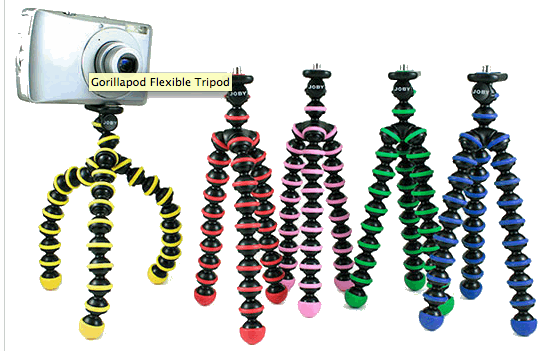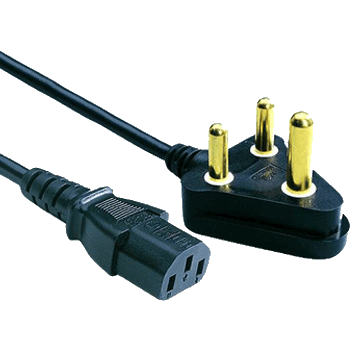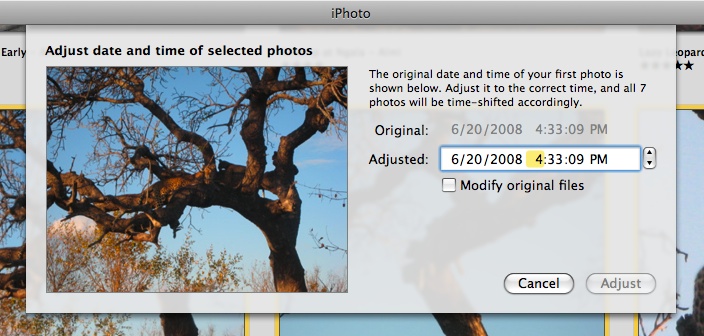This was written as part of my earlier post on our South Africa trip, but that was getting over-long, so I decided to split it out. Trying to record some “lessons learned” about travel preparation for long trips, with an emphasis on digital photography.
Laptop
Yeah, bring it. It’s heavy and awkward and fragile, but I was able to download pictures to disk every night, and about every third night I burned DVDs of the trip’s photos for safety. (We wound up taking 3200 pictures. Ain’t digital grand?) We were able to upload selections to our photo site so that people back home could be jealous in real-time. And it was nice to dip into the flood of email occasionally, just to remind myself that things can get done without me.

(Note: Test-drive the brand of DVDs you pack! I had brought a supply of blanks that apparently my MacBook Pro can’t initialize… so we had to find a local electronics store to sell us some. Not a challenge in urban areas, but it would have been a real problem out in the bush!)
Power Adapters
“Universal” power adapters aren’t. And “world” kits of plug adapters are apparently for a world that doesn’t include South Africa. SA uses a bizarrely huge plug (bigger than England’s!) that’s not compatible with anything else on the planet. So the bag of adapters I brought was useless weight.
Camera
A lot of people have asked “What did you use to take those pictures?” I think I have hit the current sweet spot among cameras. I used to be a 35mm SLR guy… carrying the big square bag, the lenses, the tripod, you name it. And, often, I’d look at the sheer weight and bulk of what I needed to take good pictures, and I’d say to heck with it… and leave it all behind.
Then, when digital happened, I went through about six cameras, and found myself swinging too far the other way, in favor of the tiny little deck-of-card-sized cameras that fit in your shirt pocket. The advantage: it’s always with you. The disadvantage: I don’t care how many megapixels it has, it’s not going to take great pictures.
On this trip, I thought very hard about bringing a DSLR… and decided not to, purely on logistical grounds. Instead, I brought my Canon A710is (and Cissa brought my old Canon S230).

I think the A710 took some pretty darn good photographs, despite its small size. On my oversize Optech strap, I could keep it slung across my body for security, but stuck in a hip pocket for convenience. So I can’t drop it, a pickpocket can’t steal it, and there’s nothing bouncing around and banging into things like a DSLR. It’s a camera small enough to always be with you, but powerful enough to capture a wide variety of shots with surprisingly good quality.
The mix of features is just about right. No interchangeable lenses, so you’re stuck with the 6x optical zoom, but with image stabilization, that works reasonably well. (Digital zoom is worthless; that’s what cropping is for.) I used the exposure control a lot on sunny days, and occasionally played with aperture priority when I was trying to tighten a depth of field. And manual focus let me shoot through train windows without blurring. From the factory, it doesn’t do exposure bracketing, but CHDK fixes that.

I also grabbed a Gorillapod that I kept stuck in another pocket. That came in handy for self-portraits, for the occasional low-light shot, and for experimenting with timelapse photography. (For an example of timelapse, play this video of sunrise over Table Mountain, here. That was shot with the intervalometer option that Canon disabled, but CHDK re-enables. Hacking your camera’s firmware is fun!)
Based on our experiences (comparing the same shot taken at the same time with our two cameras), I’m going to hand the A710 to Cissa, and buy its successor, the A720 for myself. Anybody want to buy a used S230? 🙂
Camera Management
Since I collected photos from other travellers on our trip, I wound up managing photographs from five cameras, with five different filenaming schema, and seven different system clocks. (Seven? Yes… I changed my camera and Cissa’s to South African time. But at different times on the first day, so there was some period of overlap. And the three cameras I didn’t control were on three different time zones… one was a full day off!)
iPhoto on the Mac doesn’t stutter when handling thousands of photographs… but it’s really happiest when it can sort according to the EXIF timestamp written inside the JPEG file. The varying system clocks made this chaos, and I had to make multiple trips to the “Adjust Date and Time” menu. If I were doing this again, I’d ask everyone to snap one easily identifiable photograph at the same time to use that as a baseline for synchronizing the timestamps later.
Batteries
Using the deck-of-cards cameras with their vendor-specific battery packs, you’re always worried about battery life. One of the advantages of the A710/A720 is that is uses standard AA batteries. Rechargeables are cheaper in the long run, but it’s nice to know that you can always grab a pair of batteries at a convenience store (or, in a pinch, out of anything nearby that runs on AAs!). I took a supply of rechargeable AAs and a 110-240V charger. I recharged every night, and always had two spare pair stuck in a pocket. Using CHDK, I always had an onscreen display of remaining battery life. Never any reason to worry.

Clothing
We’re not the kind of people to travel with just two shirts, and always wash one out in the sink at night. Sorry, that’s not our style. But bringing two weeks’ worth of clean clothes would have been ridiculous.
Yes, the hotel laundry service is expensive. Do it anyhow. We had the Victoria and Albert Hotel do a week of laundry for us, and it greatly cut down on packing volume.
Small Bags
The disadvantage of a trip like this (as compared to a cruise, for example) is packing and unpacking. In two weeks, we spent nights in seven different hotels plus a train. We took two large suitcases and two smaller bags (as well as the laptop case, which is irreducible). Whenever possible, we’d repack the small bags so that we wouldn’t need access to the large suitcases at the next stop. This turned out to be especially important on the Blue Train, where there wasn’t room to open the large suitcases!

Wheels
I used to laugh at people with wheels on their suitcases. Now I pity people without them.


Three-plus years later, I just linked to this post as part of Chris Brogan’s G+ discussion. Re-reading it, I still agree with most of it… except the laptop. Bringing an iPad with a SD adapter replaces that requirement now.
Otherwise: my A720is (successor to the A710is in this article) died, and I spent more money than it was worth to get it fixed, just because it runs on AA batteries.
Why won’t someone make a great P&S with (1) AA batteries, (2) optical viewfinder, (3) GPS? I’d buy it in a heartbeat.